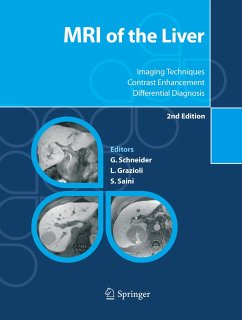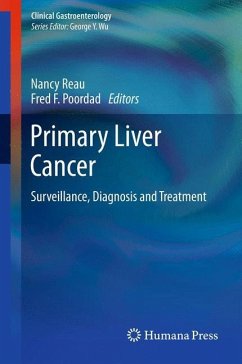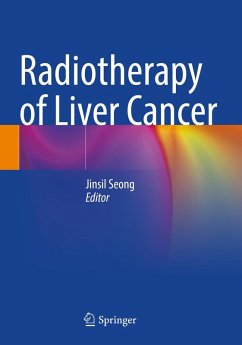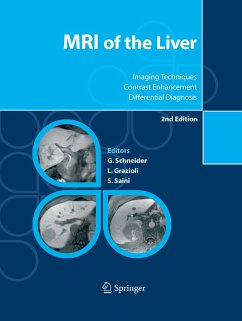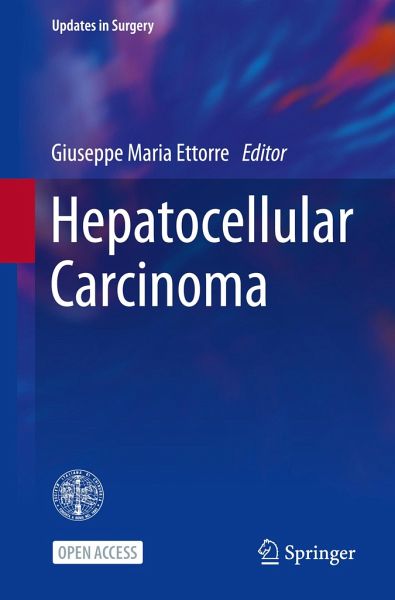
Hepatocellular Carcinoma
Versandkostenfrei!
Versandfertig in 6-10 Tagen
42,79 €
inkl. MwSt.

PAYBACK Punkte
0 °P sammeln!
This open access book offers a comprehensive review of hepatocellular carcinoma (HCC) with a particular focus on the pathobiology and clinical aspects of the disease, including diagnosis and treatment. HCC is becoming one of the most common causes of cancer-related death worldwide. It is the fifth most common malignancy in men and the ninth in women, with an estimated 500,000 to 1 million new cases annually around the world. Independent of its cause, cirrhosis is considered a major clinical and histopathological risk factor for HCC development. Five percent of all cirrhotic patients develop HC...
This open access book offers a comprehensive review of hepatocellular carcinoma (HCC) with a particular focus on the pathobiology and clinical aspects of the disease, including diagnosis and treatment. HCC is becoming one of the most common causes of cancer-related death worldwide. It is the fifth most common malignancy in men and the ninth in women, with an estimated 500,000 to 1 million new cases annually around the world. Independent of its cause, cirrhosis is considered a major clinical and histopathological risk factor for HCC development. Five percent of all cirrhotic patients develop HCC every year. Diagnostic tools for HCC include blood tests, high-quality imaging studies and liver biopsy. The treatment of HCC depends on the size and location of the HCC and includes surgical resection, liver transplantation, endovascular approaches, percutaneous ablation, and medical treatments. The book is organized into four parts - overview, diagnosis, management strategies, and recommendations - and aims to provide surgeons and clinicians with a valuable resource for complete and up-to-date research on the clinical aspects and management of HCC.




